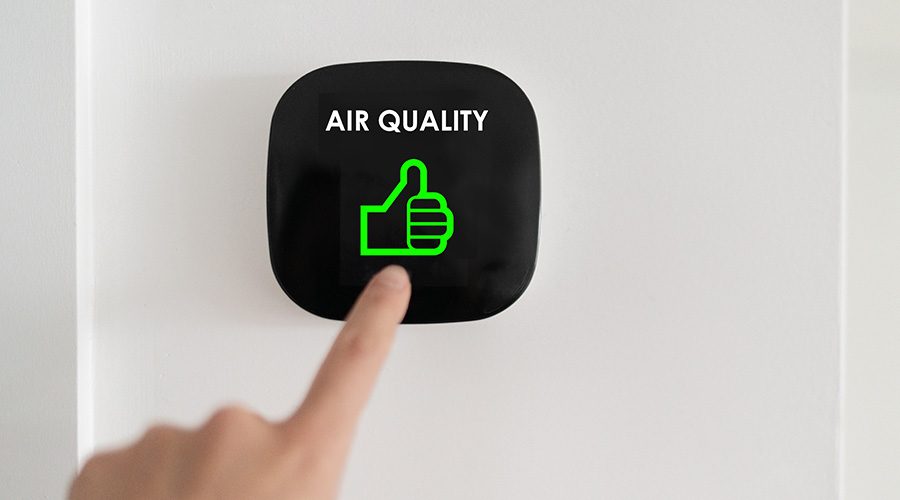
Women in FM: Gender Stereotypes Plays Role in Job Safety
Facilities management is already a hazardous job, but being a woman can bring on additional challenges. June 11, 2024
By Mackenna Moralez, Associate Editor
When you Google men’s safety products, the results show what you would most likely expect: hard hats, work boots, safety vests, eye protection – anything that one might wear on a jobsite. However, when looking up safety products the results couldn’t be more different. Pages and pages of personal safety alarms, rape whistles and pepper spray are advertised. You have to scroll a bit before you get to a safety vest, but even then, it’s still pink.
Safety and emergency preparedness has been made more of a priority in recent years as the facilities management industry strives to recruit and retain more workers. Even with advancements made in recent years, safety can still be compromised when women aren’t consulted. Oftentimes, accommodations made for men do not align with what women need to feel protected.
“Safety is incredibly important in facilities management,” says Sarah Speron, principal and founder, Speron Family Investments. “Due to the hands-on nature of our work, such as being on ladders or scaffolding, managing chemicals, and using heavy equipment, we are often at a high risk for injury. In addition to that, our equipment and jobsite conditions have the possibility of injuring others. Safety must be talked about everyday.”
Unlike other jobs, facilities management often requires work outside the traditional 9-5 work hours. If a female facilities manager is on call that night, oftentimes they are handling the situation alone. Already facilities management is a hazardous job, but being a woman can add additional challenges to this as many women have reported getting verbally harassed, followed, or feeling unsafe while working alone on the job.
“Although we can’t completely eliminate these behaviors, there are many things we can do to promote safety within our facilities,” Speron says. “First and foremost, having open dialog about these safety concerns with the entire team is very important. I have found that once I’ve communicated my concerns, I’ve found so much support from other coworkers who were unaware of the safety issues I faced. From a more tangible perspective, making sure we have adequate lighting in parking lots and walkways goes a long way. Oftentimes it's as simple as replacing light bulbs and adjusting lighting schedules for limited daylight hours during the winter months.”
Educating
There are plenty of instances where gender dynamics play out in the facilities management industry. When it comes to safety, many men are unaware of the frequency of safety issues that plague women while at work. Educating the team and routine training is the most effective way to change the culture and create a safer working environment for all employees.
“Managers can be diligent to set safety standards that protect all employees and enforce them,” says Speron. “For example, that can mean requiring employees to ask for help with oversized lifting to prevent injury. This protects both men and women.”
Still, there will always be stereotypes surrounding women in male-dominated fields. It’s not that a woman can’t do the job, it’s just that they haven’t done it yet. The best way to combat this, according to Speron, is to remain curious about every aspect of the job. When you give someone the space that they need to succeed, you will watch them rise.
“If someone chooses to be disrespectful or dismissive it’s often because they have a blind spot based on a need or fear blocking them from seeing a new perspective,” says Speron. “If you can open the dialog with questions, typically you will find common ground, and get to the root of their need. Often just acknowledging that you’ve heard them diffuses the situation. When people feel heard, they will often treat you with more respect.”
Mackenna Moralez is the associate editor of the facilities market.
Next
Read next on FacilitiesNet












